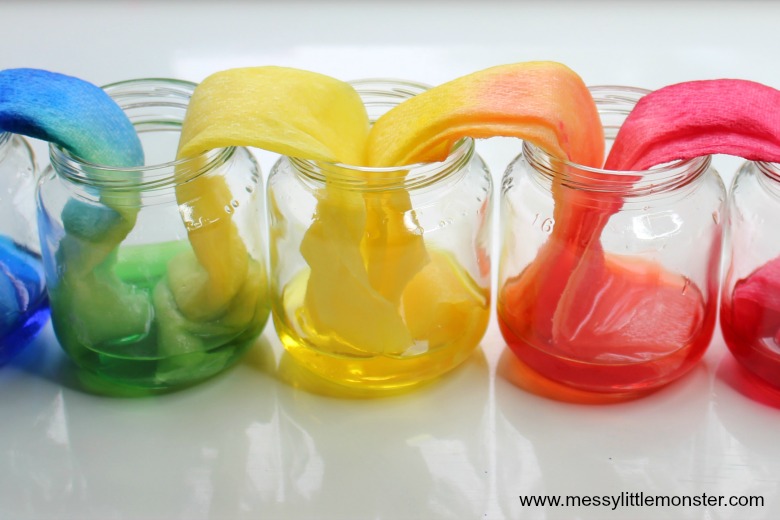The Definitive Guide to The Basics of an Experiment - ThoughtCo

Facts About Tuskegee Study - Timeline - CDC - NCHHSTP Uncovered
The teaching laboratory would be geared up with a protein basic solution with a known protein concentration. Trainees might make a number of positive control samples containing different dilutions of the protein requirement. Negative control samples would contain all of the reagents for the protein assay however no protein. In buy youtube subscribers, youtube 4000 watch time, 1000 youtube subscribers, , all samples are carried out in replicate.
In the illustration, the outcomes for the diluted test samples can be compared to the outcomes of the standard curve (the blue line in the illustration) to estimate the quantity of protein in the unidentified sample. Managed experiments can be carried out when it is challenging to exactly control all the conditions in an experiment.

7 Easy Science Experiments Gone Terribly Wrong
The Ultimate Guide To Controlled experiments (article) - Khan Academy
This equivalency is figured out by statistical techniques that consider the amount of variation between people and the number of individuals in each group. In fields such as microbiology and chemistry, where there is extremely little variation between people and the group size is easily in the millions, these analytical methods are often bypassed and simply splitting a service into equivalent parts is assumed to produce similar sample groups.
Human experimentation needs unique safeguards versus outside variables such as the. Such experiments are generally, meaning that neither the volunteer nor the scientist understands which individuals are in the control group or the speculative group till after all of the information have been collected. This ensures that any effects on the volunteer are because of the treatment itself and are not a reaction to the understanding that he is being treated.

Scientific Experiment High Res Stock Images - Shutterstock
9 Easy Facts About Simple Experiments in Scientific Research - Verywell Mind Shown
The goal of the experiment is to determine the reaction to the stimulus by a test approach. In the design of experiments, two or more "treatments" are used to estimate the difference in between the mean reactions for the treatments. For instance, an experiment on baking bread could estimate the difference in the responses related to quantitative variables, such as the ratio of water to flour, and with qualitative variables, such as strains of yeast.
:max_bytes(150000):strip_icc()/focused-scientist-using-tweezers-in-petri-dish-554996479-5c559c06c9e77c000102c5d4.jpg)
Simple Science Experiment: Let's Make Rain - MrsJones Creation Station
These hypotheses recommend reasons to discuss a phenomenon, or anticipate the outcomes of an action. An example may be the hypothesis that "if I launch this ball, it will be up to the flooring": this suggestion can then be tested by bring out the experiment of letting go of the ball, and observing the outcomes.
